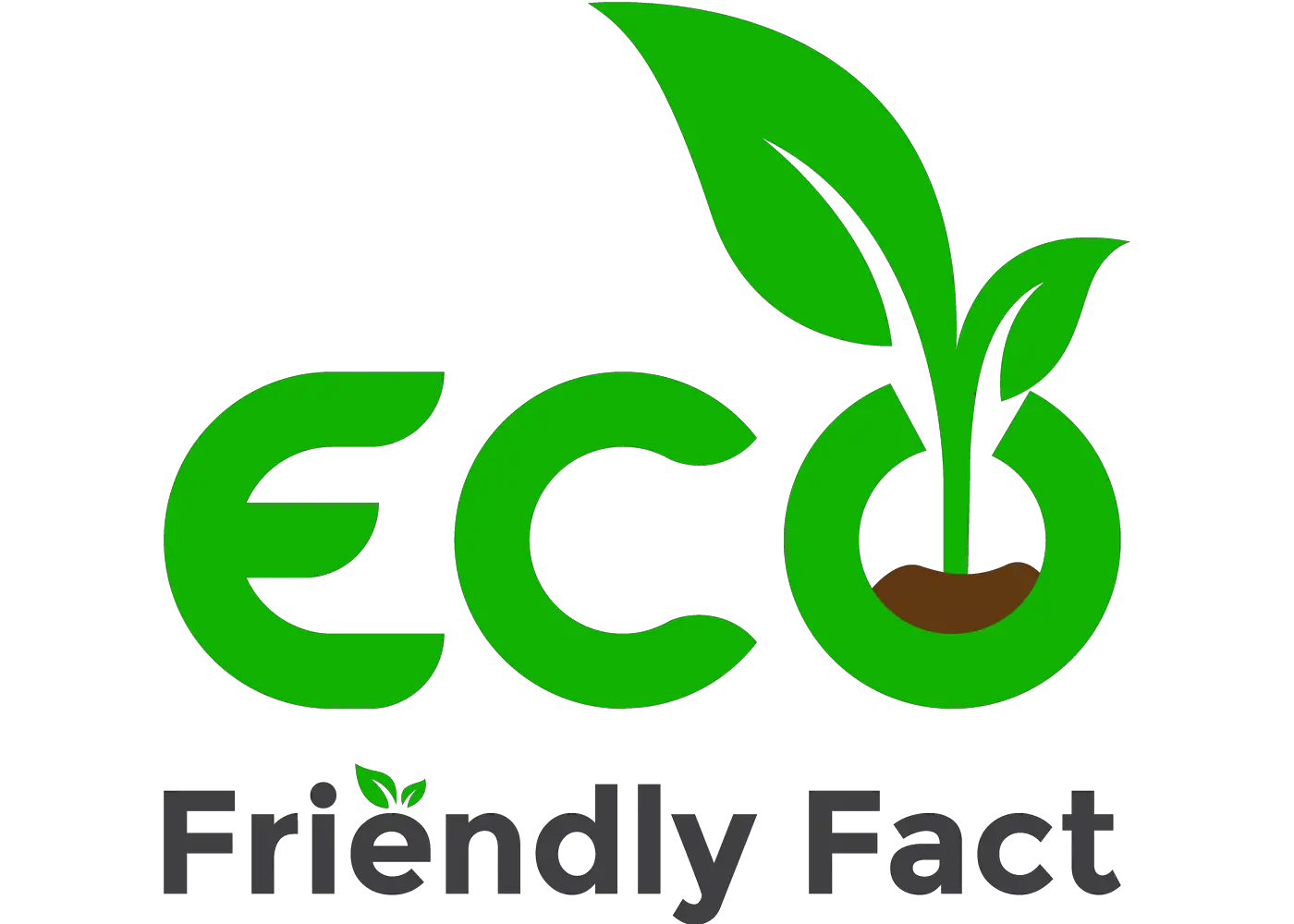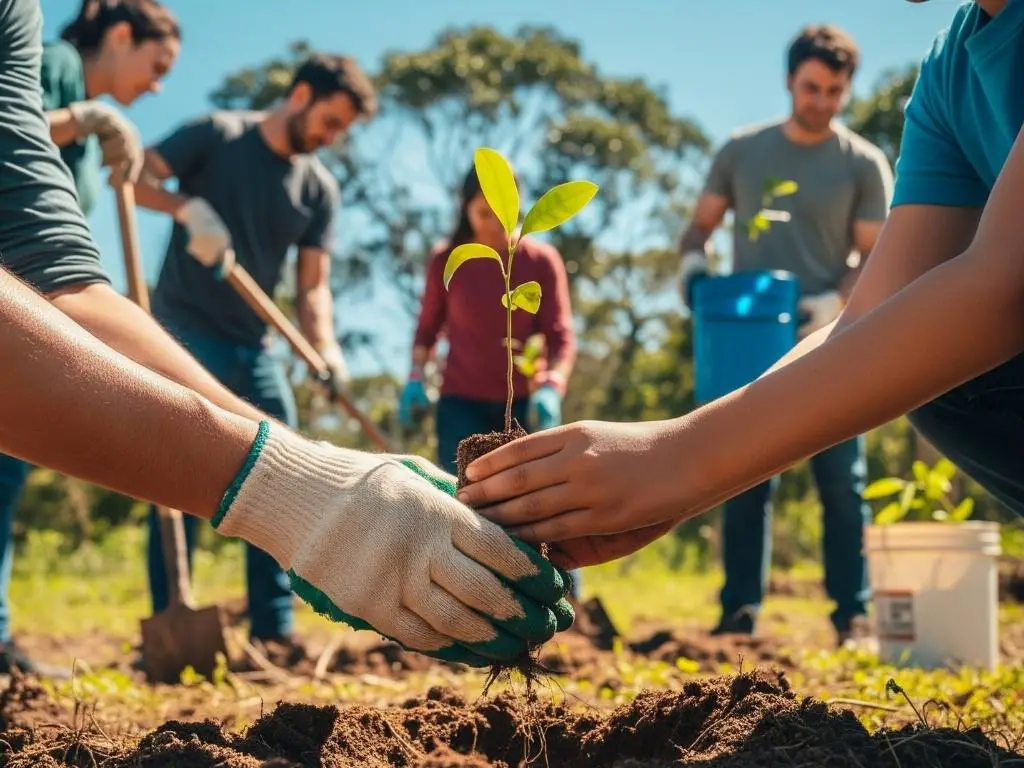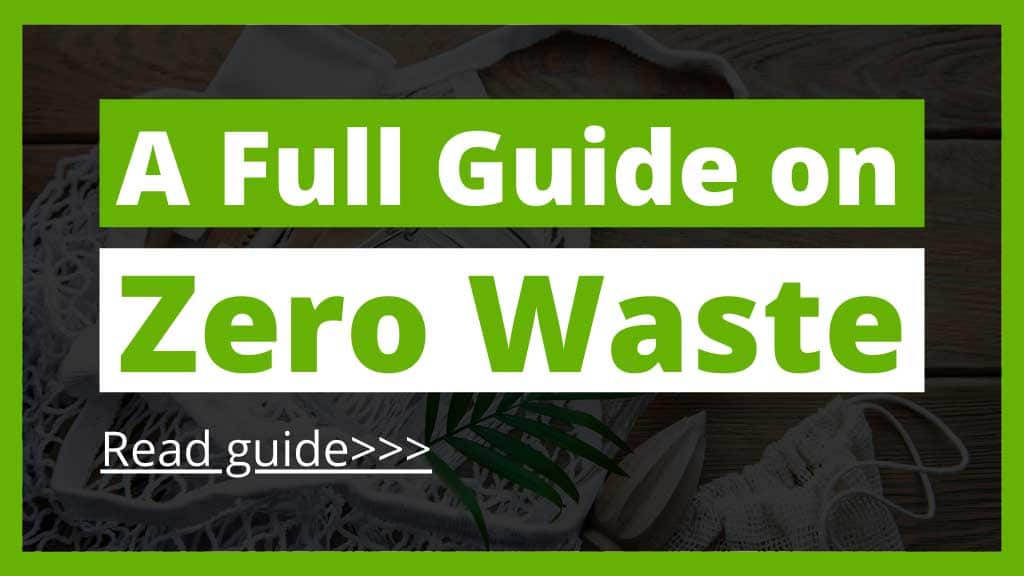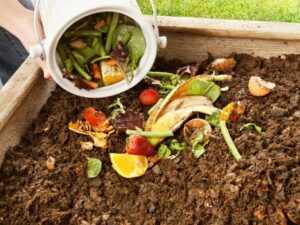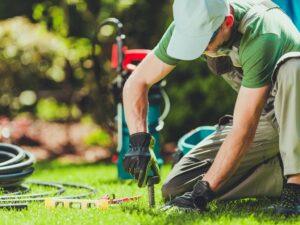Remember that last year’s vibrant green lawn that needed constant watering and fertilizing?
Autumn offers a chance to shift to a more sustainable lawn care approach. This post will explore ten key practices for a healthy, eco-friendly lawn this fall, helping you save resources and reduce your environmental impact.
You’ll learn practical tips to maintain your lawn’s beauty while minimizing the use of chemicals and water.
The 10 Key Practices for Sustainable Autumn Lawn Care
Autumn brings a unique set of challenges and opportunities for lawn care. The shift in temperature and sunlight affects grass growth, making this a crucial time to transition to more sustainable practices. By focusing on soil health, natural fertilization, and responsible water usage, you can ensure a lush lawn that thrives, even as winter approaches. This section outlines ten key practices to achieve that balance between a beautiful lawn and environmental responsibility.
1. Aerate Your Lawn
Aeration is the process of creating small holes in your lawn, allowing air, water, and nutrients to reach the soil more easily. Compacted soil restricts grass root growth, leading to weak, unhealthy grass. Autumn is an ideal time to aerate because the soil is still relatively warm and the grass is actively growing (though slowing down). Core aeration, where small plugs of soil are removed, is generally more effective than spike aeration. Aeration reduces the need for excessive fertilization as nutrients can penetrate the soil more easily.
- Improved water penetration: Aeration allows water to seep into the soil, reducing runoff and the need for frequent watering. This is particularly beneficial during drier autumns.
- Enhanced nutrient uptake: With better soil aeration, fertilizers and other nutrients are absorbed more effectively, leading to a healthier lawn.
- Reduced thatch buildup: Thatch is a layer of dead grass and organic matter that can smother your lawn. Aeration helps break down thatch, improving overall lawn health.
Example: A homeowner in a suburban area noticed their lawn was becoming increasingly patchy and dry, despite regular watering. After aerating their lawn in autumn, they observed significant improvement in water penetration, leading to a greener and healthier lawn with reduced watering needs.
2. Overseeding for a Thicker, Healthier Lawn
Overseeding involves sowing new grass seed onto your existing lawn to fill in bare patches and thicken the turf. Autumn’s cooler temperatures and increased rainfall create ideal conditions for grass seed germination. Choose a grass seed mix suitable for your climate and soil type. Overseeding helps improve the lawn’s density, reducing weed growth and improving its resistance to diseases. A denser lawn also requires less watering as it shades the soil, reducing evaporation.
- Improved lawn density: Overseeding helps fill in bare spots and thicken your lawn, creating a lush, healthy look.
- Increased weed suppression: A denser lawn makes it harder for weeds to establish themselves, reducing competition for resources.
- Enhanced drought tolerance: A thicker lawn is more resistant to drought conditions as the dense root system can access water more effectively.
Example: A study by the University of California found that overseeding improved lawn density by 30% in just one season, resulting in significant reductions in weed growth.
3. Leaf Removal and Compost
Leaves accumulating on your lawn can smother the grass, blocking sunlight and hindering its ability to photosynthesize. Instead of bagging the leaves, consider using them as a valuable source of organic matter. Shredding the leaves with a lawnmower before leaving them on the lawn helps them decompose more quickly and can enrich the soil. The decomposed leaves add nutrients and improve soil structure, promoting healthier grass growth. Alternatively, collect the leaves for composting for future use as a natural soil amendment.
- Natural fertilization: Decomposed leaves provide essential nutrients to the soil, reducing the need for synthetic fertilizers.
- Improved soil structure: Leaf mold improves soil drainage, aeration, and water retention.
- Reduced waste: Composting or mulching leaves reduces the amount of waste sent to landfills.
Example: A homeowner used shredded leaves as a natural mulch, reducing the need for synthetic fertilizers. Their lawn showed marked improvement in health and required less watering.
4. Reduce or Eliminate Chemical Fertilizers
Synthetic fertilizers can harm beneficial soil organisms, pollute waterways, and contribute to greenhouse gas emissions. Opt for organic alternatives such as compost, manure, or natural fertilizers. These options provide slow-release nutrients, minimizing environmental impact. Test your soil to determine its nutrient levels, using this information to guide your fertilization choices, and applying only what is truly necessary.
- Environmental protection: Organic fertilizers reduce the risk of water pollution and greenhouse gas emissions.
- Improved soil health: Organic matter enhances soil structure, promoting healthy soil organisms.
- Cost savings: Using less chemical fertilizers and relying on natural sources can save you money in the long run.
A recent study showed that lawns fertilized with organic methods had a higher diversity of soil organisms compared to those treated with synthetic fertilizers.
5. Adjust Your Mowing Height
Mowing your lawn too short can stress the grass, making it more vulnerable to diseases and pests. Raising the mowing height allows the grass blades to develop a deeper root system, improving drought tolerance and overall health. Aim for a mowing height that allows the grass to maintain some shade over the soil.
- Deeper root systems: Taller grass produces deeper roots, which helps the lawn survive dry spells.
- Improved grass health: Taller grass blades are less susceptible to stress, diseases, and pests.
- Reduced weed growth: Taller grass can shade out weeds, reducing their ability to compete for resources.
Example: A golf course found that increasing mowing height improved the tolerance of the turfgrass to drought stress during a summer heatwave.
6. Water Wisely
Overwatering can lead to shallow root systems, disease, and wasted water. Water deeply but infrequently, allowing the soil to dry out slightly between waterings. Water early in the morning to minimize evaporation. Use a rain gauge to monitor rainfall, adjusting your watering schedule accordingly. Consider using water-saving irrigation systems such as drip irrigation.
- Water conservation: Deep, infrequent watering promotes deep root growth and reduces water waste.
- Healthier lawn: Proper watering prevents diseases and promotes healthy root development.
- Reduced water bills: Water conservation lowers your water bills and reduces your environmental impact.
Insert a comparison chart here showing the water usage of different irrigation systems.
7. Control Weeds Naturally
Avoid using harsh herbicides. Instead, focus on preventing weeds by maintaining a healthy, dense lawn. Hand-pulling weeds is effective for small infestations. Consider using natural weed control methods such as vinegar or boiling water (for spot treatment). Mulching also helps suppress weed growth.
- Environmentally friendly: Natural weed control methods reduce the risk of soil and water contamination.
- Healthier lawn: Natural weed control promotes soil health and supports beneficial organisms.
- Cost-effective: Many natural weed control methods are inexpensive or free.
Example: A homeowner successfully controlled weeds by using a combination of hand-weeding and mulching, reducing the need for chemical herbicides.
8. Leave Grass Clippings on the Lawn
Grass clippings act as a natural fertilizer, providing essential nutrients back to the soil. Leaving them on the lawn (grasscycling) reduces the need for synthetic fertilizers and improves soil health. This practice also saves time and effort as you do not need to bag the grass clippings.
- Natural fertilization: Grass clippings provide nitrogen and other essential nutrients to the soil.
- Improved soil health: Grass clippings improve soil structure and water retention.
- Time and effort savings: Grasscycling eliminates the need to bag and dispose of grass clippings.
A study found that grasscycling can reduce the need for nitrogen fertilizer by up to 25%.
9. Regularly Inspect for Pests and Diseases
Regularly inspect your lawn for signs of pests or diseases. Early detection and treatment can prevent significant damage. Choose organic pest and disease control methods whenever possible, opting for biological controls or natural remedies before resorting to chemical solutions.
- Early detection: Regular inspections help you identify problems early, enabling timely intervention.
- Sustainable pest control: Organic methods protect beneficial insects and minimize environmental damage.
- Healthy lawn: Prompt treatment minimizes damage to the lawn and prevents disease spread.
Example: A homeowner noticed yellowing leaves on their lawn, an early sign of a fungal infection. Prompt treatment with an organic fungicide prevented the disease from spreading.
10. Soil Testing and Amendments
Conduct a soil test to determine its pH level and nutrient content. This will guide you in making appropriate soil amendments. Amendments such as compost, manure, or other organic materials can improve soil structure, drainage, and fertility. A healthy soil is the foundation of a healthy lawn, therefore, this step is crucial to sustainable lawn care practices.
- Improved soil structure: Amendments enhance soil drainage, aeration, and water retention.
- Nutrient balance: Soil testing helps determine nutrient deficiencies and guide appropriate amendments.
- Healthy lawn: Healthy soil provides essential nutrients for optimal grass growth.
A soil test can reveal important information about your lawn’s health, helping you make informed decisions about fertilization and soil amendments.
FAQ
What is the best time to overseed in autumn?
The optimal time to overseed is after the first significant cool-down, usually in September or October in many parts of the country, when daytime temperatures are consistently below 80°F (27°C).
How often should I aerate my lawn?
Most lawns benefit from aeration every one to two years. Heavily used lawns may need more frequent aeration.
What are some natural alternatives to chemical weed killers?
Natural alternatives include vinegar, boiling water for spot treatments, hand-weeding, and mulching to suppress weed growth.
How can I tell if my lawn needs watering?
Check the soil moisture by inserting your finger about an inch into the ground. If the soil feels dry, it’s time to water.
Should I rake up all the leaves in autumn?
No, shredding leaves and leaving them on the lawn provides a natural mulch, but remove excessive leaf accumulation to prevent smothering the grass.
What is grasscycling?
Grasscycling is the practice of leaving grass clippings on the lawn to act as a natural fertilizer, improving soil health and reducing the need for synthetic fertilizers.
How do I choose the right grass seed for my lawn?
Consider your climate, soil type, sun exposure, and the desired look of your lawn when selecting grass seed. Consult your local garden center for recommendations.
Final Thoughts
Adopting sustainable lawn care practices in autumn lays the groundwork for a healthy, thriving lawn throughout the year. By incorporating these ten key practices, you can significantly reduce your environmental footprint while enjoying a beautiful lawn. Remember to prioritize soil health, conserve water, and utilize natural alternatives whenever possible. Start small, choose one or two practices to implement this year, and gradually incorporate more as you gain confidence and see the positive impact on your lawn and the environment.
